Physical & Theoretical
Physical chemistry encompasses diverse research endeavors, such as the investigation of photocatalytic and electrocatalytic processes for energy storage applications, utilizing metal-free catalysis on conductive carbon-based platforms. Another facet involves exploring extreme conditions, up to multimegabar pressures, to uncover the chemistry and physics of materials, leading to discoveries like room-temperature superconductivity and novel high-pressure compounds. Additionally, researchers delve into the nanoscale, employing scanning probe-based nanotechnology to design nanostructures and studying transport phenomena, material structures, and biophysics with applications ranging from nanofluidic systems to cancer biophysics.
Physical hidden

.
hidden
.
Russell Hemley
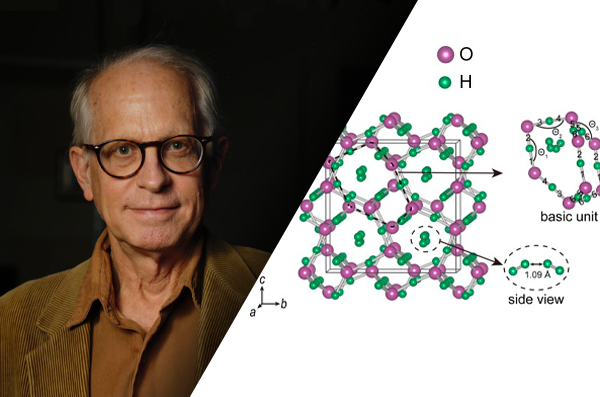
- Behavior of molecules and materials in extreme conditions, particularly high pressures.
- Creation of new materials, including energy materials, using extreme conditions techniques.
- Creation of materials with ‘extreme properties’ such as:
- very high-temperature superconductors, novel high-temperature quantum materials, highly energetic materials, and superhard materials.
- Development of new high-pressure methods, including those based on diamond anvil cells.
- Synchrotron x-ray and infrared techniques applied to materials in extreme conditions.
- Planetary materials, especially those comprising planetary interiors.
Nan Jiang

Goals: Probing chemistry of surface-supported nanostructure at the angstrom-scale; Determining the mechanism of chemical bond formation under various local environments; Investigating the interface of 2D materials and heterostructures at the atomic scale.
Methods: Scanning probe-based nanoimaging and nanospectroscopy
Petr Král
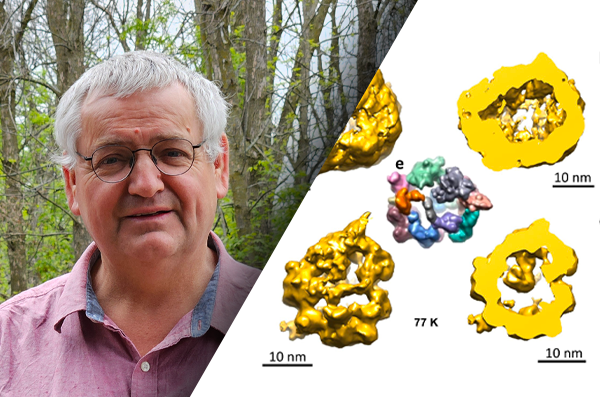
- Modeling of coarsed materials
- Modeling of nanomedicines
- Modeling of nanofluidics
- Modeling of energy-related systems
- First principle methods
- Molecular dynamics simulations
- Mean-field and analytical methods
George A. Papadantonakis
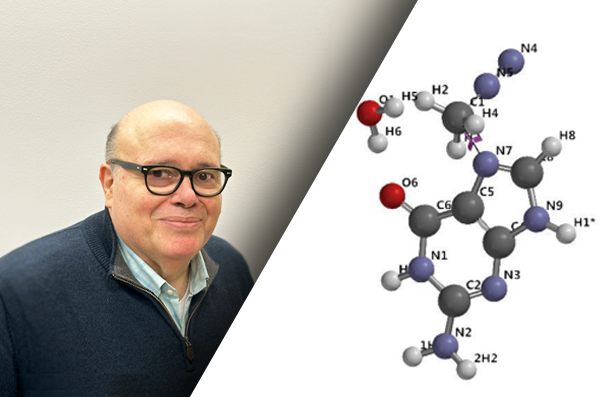
George Papadantonakis focuses on cancer biophysics. Using ab initio quantum mechanical calculations, we investigate the energetics of DNA damage induced by ultraviolet radiation and methylation. Nucleotide ionization energies provide a quantitative measurement of the electron-donating properties of DNA. Attack of DNA by methylation agents plays a ubiquitous role in mechanisms of chemical carcinogenesis and cancer chemotherapy.
Michael Trenary
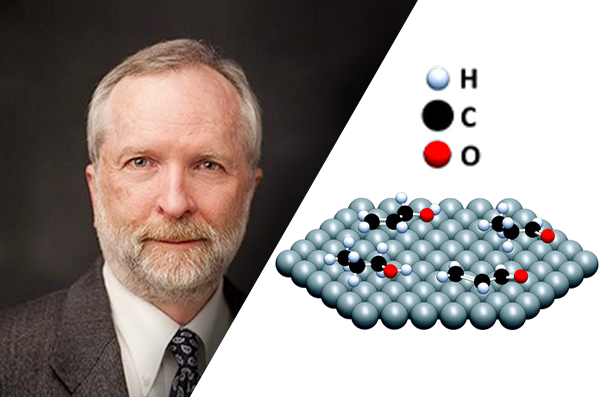
- Fundamental investigations of chemical reactions on transition metal surfaces of relevance to heterogeneous catalysis
- Studies of surface chemical reactions used in thin film growth by chemical vapor deposition
Huan-Xiang Zhou
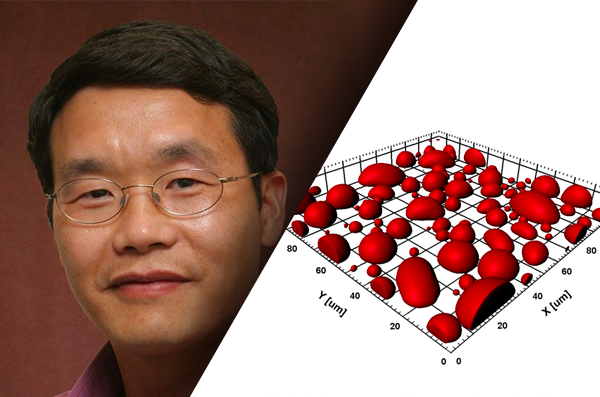
Combining theory, computation, and experiment to address a range of topics in molecular and cellular biophysics, including:
- Thermodynamic and dynamic properties of phase-separated biomolecular condensates;
- Membrane association and binding kinetics of intrinsically disordered proteins;
- Structures and pathways of the self-assemblies of amyloid and other amyloidogenic proteins
- Functional mechanisms of glutamate-receptor ion channels
- Structural biology of the Mycobacterium tuberculosis divisome